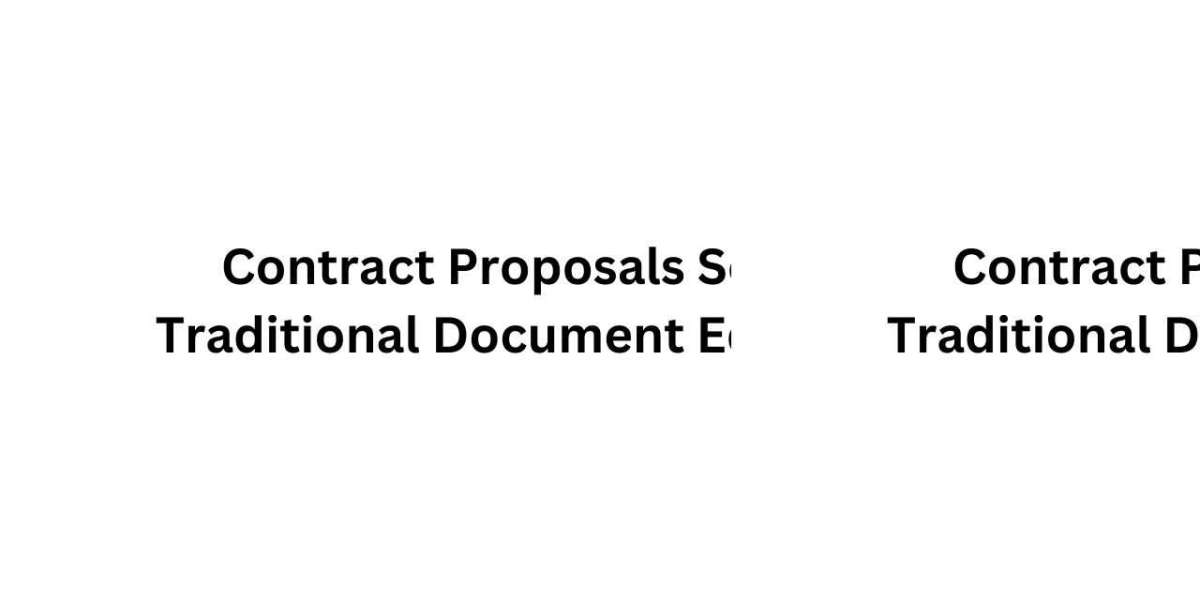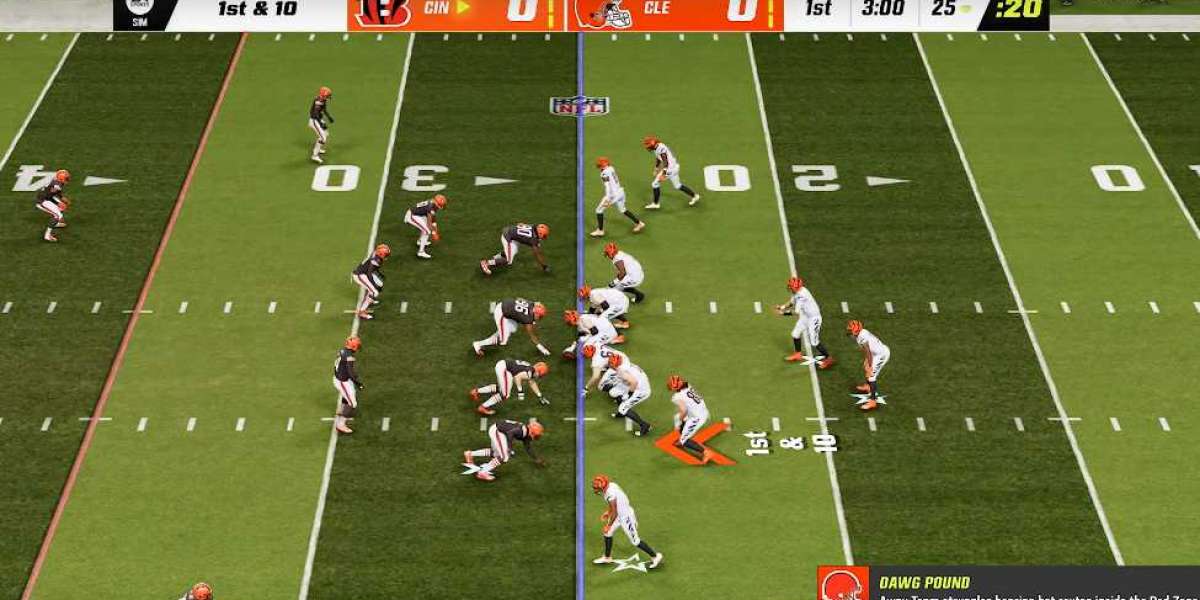In the world of client agreements and sales deals, your proposal is your first official promise. It sets the tone for expectations, pricing, and delivery. Traditionally, proposals were crafted in basic document editors like Microsoft Word or Google Docs. While these tools have long served their purpose, they were never built specifically for contracts. Enter Contract Proposals Software—a new generation of digital tools designed to simplify and speed up the entire proposal process.
So, which one really wins when it comes to writing effective, professional, and error-free proposals? Is it the familiar feel of traditional editors or the modern efficiency of dedicated proposal platforms? In this blog, we will compare the two across key areas including ease of use, customization, collaboration, automation, tracking, and more. By the end, you will be better equipped to choose the right solution for your business needs.
The Basics: What Are We Comparing?
Traditional Document Editors are general-purpose writing tools like Microsoft Word, Google Docs, or Pages. They let you type, format, and share documents. Most users are already familiar with how they work, which makes them convenient.
Contract Proposals Software is built specifically to create, manage, and send business proposals. It comes with specialized features like dynamic pricing tables, e-signatures, CRM integration, and tracking analytics.
While both can technically get the job done, the difference lies in how well they handle the unique requirements of a professional proposal.
1. Ease of Use and Accessibility
Traditional Editors: These tools are easy to use because most people have been working with them for years. You can write, edit, and format documents quickly. However, creating proposals with consistency and polish can be time-consuming and repetitive.
Contract Proposals Software: Modern platforms offer drag-and-drop functionality, intuitive dashboards, and templates tailored to proposals. Users can create polished, brand-consistent proposals in minutes.
✅ Winner: Contract Proposals Software—it reduces manual effort and shortens the learning curve for proposal-specific tasks.
2. Customization and Templates
Traditional Editors: You can build templates manually and save them for future use. But version control is tricky, and formatting errors often occur when copying and editing for different clients.
Contract Proposals Software: Offers built-in, customizable templates that adapt to various industries and client types. Templates can include editable placeholders for client names, service details, and pricing, making it easy to personalize at scale.
✅ Winner: Contract Proposals Software—offers dynamic, reusable templates that save time and maintain consistency.
3. Collaboration and Team Workflow
Traditional Editors: Collaboration is possible using shared documents or email attachments. But tracking changes and managing feedback from multiple stakeholders can get messy.
Contract Proposals Software: Built-in collaboration tools let multiple users edit, comment, and approve in real time. You can assign roles, control access, and keep everyone aligned in a centralized system.
✅ Winner: Contract Proposals Software—streamlined workflows and real-time collaboration make teamwork seamless.
4. Automation and Data Integration
Traditional Editors: Any data—client name, pricing, terms—must be manually entered each time. This increases the chance of errors and slows down the process.
Contract Proposals Software: Integrates with CRM systems, allowing for auto-fill of client information, pricing data, and project scope. Many tools even support automated follow-ups and reminders.
✅ Winner: Contract Proposals Software—automation reduces errors and makes scaling proposal creation easier.
5. Professionalism and Branding
Traditional Editors: You can manually add logos, choose fonts, and apply brand colors. But it takes time and the result may still vary depending on who creates the document.
Contract Proposals Software: Automatically applies your branding to every document. Proposals look consistent, clean, and professional without extra effort.
✅ Winner: Contract Proposals Software—maintains brand integrity without manual formatting.
6. E-Signature and Approval Process
Traditional Editors: You have to export to PDF and then use a third-party tool to get digital signatures. This adds extra steps and delays the closing process.
Contract Proposals Software: Built-in e-signature tools let clients sign proposals directly within the platform. Some software also includes approval workflows for internal teams.
✅ Winner: Contract Proposals Software—makes signing fast and frictionless.
7. Proposal Analytics and Tracking
Traditional Editors: Once a document is sent, you have no visibility into what happens next. You are left guessing whether the client opened or read the proposal.
Contract Proposals Software: Tracks when the proposal was opened, how long the client spent on each section, and whether they shared it. This helps you time follow-ups and understand client interest.
✅ Winner: Contract Proposals Software—provides data that leads to smarter decisions and better conversions.
8. Security and Compliance
Traditional Editors: Security depends on your file-sharing method. Email attachments can be intercepted and do not always comply with data protection laws.
Contract Proposals Software: Includes role-based access, encryption, audit trails, and compliance with standards like GDPR or SOC 2. This is especially important when dealing with sensitive information.
✅ Winner: Contract Proposals Software—offers better security and compliance controls.
9. Cost Consideration
Traditional Editors: Often free or already included in office software suites. They work well if you are a freelancer or a very small team with minimal proposal needs.
Contract Proposals Software: Requires a subscription fee. However, the return on investment is clear for businesses that send multiple proposals monthly and want to scale operations.
✅ Winner: It Depends—traditional editors win for cost, but software wins for value over time.
Conclusion
When it comes to Contract Proposals Software vs traditional document editors, the winner depends on your needs. If you only send one or two proposals a year and prefer a simple process, traditional tools may suffice. But if you are regularly creating proposals, managing client data, and looking to close deals faster, Contract Proposals Software is the clear winner.
From automation and branding to tracking and security, modern proposal platforms are designed to help you work smarter, not harder. They streamline the proposal process, reduce manual work, and create a better experience for your team and your clients.
So ask yourself—do you want to spend time formatting or closing deals? If it is the latter, it may be time to switch to Contract Proposals Software.
Read more: https://www.aaccoaching.uk/read-blog/13034



